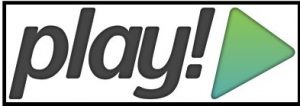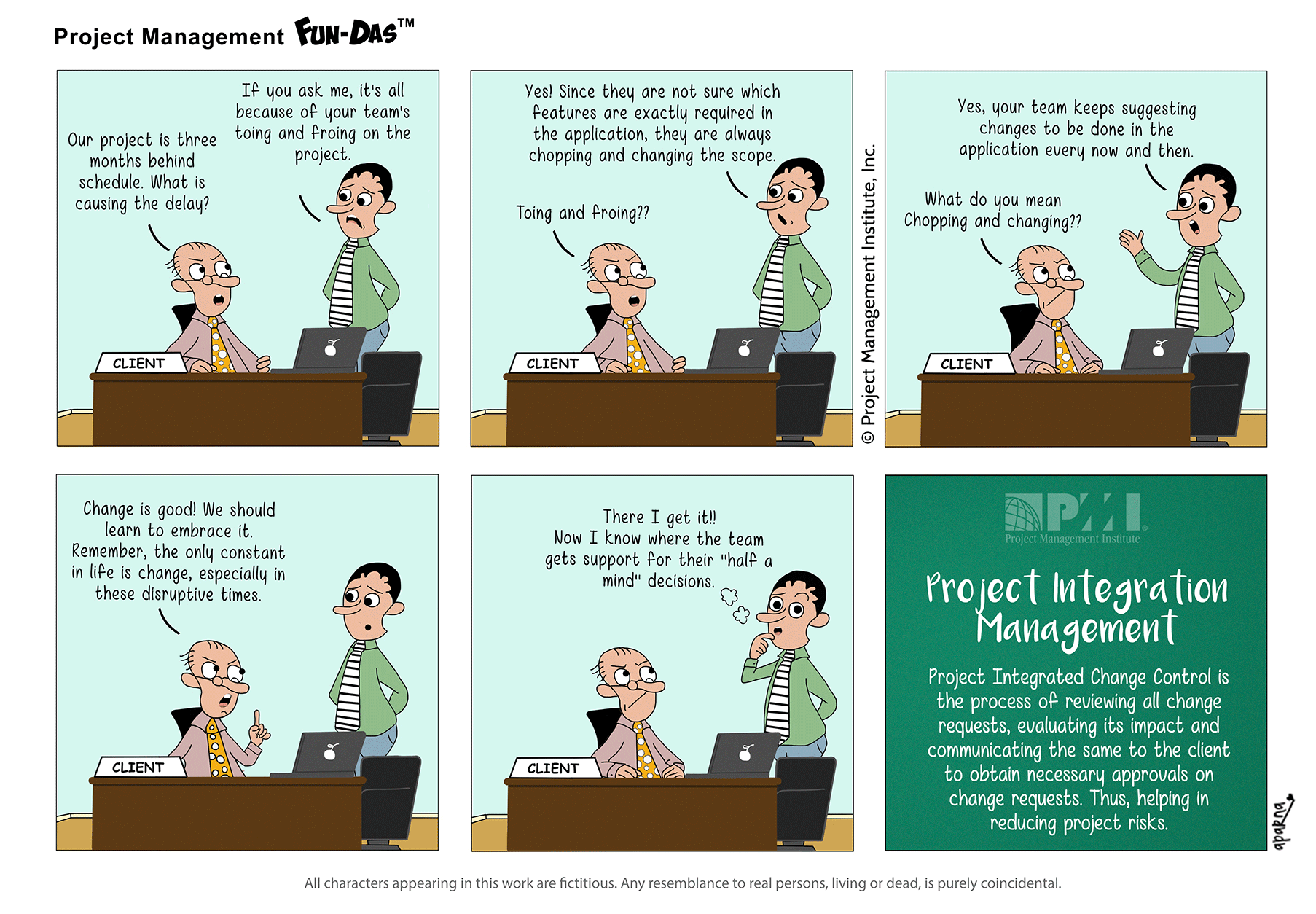Unlike most project acquaintance areas, which commonly deal with a particular extent of expertise of the project manager, the Project Integration Management from Project Management Knowledge Areas is something you may call “catch-all” and
making various processes work together. It comprises many of the regular actions of a project manager that keep the project together and well coordinated.
Project integration management is an efficient way of making multiple processes work together and keeping the equilibrium between them. It takes up the several processes involved in a project and makes sure that they are well-coordinated. The management process accomplishes this by making trade-offs. This means that you can’t have the whole thing if you want to get the project finished on time and within budget. This is a customary procedure for any project manager. The alternatives are required to meet the competing stakeholders’ expectations and objectives
A successful project integration management requires categorizing, defining, merging, unifying and organizing many processes and practices within the project managing process groups. It requires working with stakeholders and team both for competing requirements and objectives, making sure that activities are defined in the most efficient way and what can be done to achieve the stakeholders’ expectations For that reason, project integration management involves making decisions about resource allocation and trade-offs while at the same time managing the interdependencies in various project management knowledge areas. To be successfully integrated the project manager would require both soft skills and technical skills. Soft skills like decision-making, conflict management, and leading and guiding a team in the wake of competing requirements and objectives.
Processes of Project Integration Management

Develop project charter (Planning)
The Project Charter legalizes the project and awards the authority of using organization resources to deliver the objectives to the Project Manager. During this process, you would be gathering important information to produce the project charter. It summarizes the scope, goals, objectives, Key stakeholders, project manager and other high-level information like risk, cost and schedule expectations. During this process, you also refer to two very important Business documents i.e Business Case and Project benefits management Plan.
Develop project management plan (Planning)
Make sure the project is effectively planned. It produces a comprehensive formally written document by the project manager that defines the basis of all project work and how the work will be executed, monitored and closed. It consolidates all other management plans in addition to baselines and other relevant documentation into a consistent, coherent document. This is your master plan and if you fail to plan this you are actually planning to fail. How good is your plan, this will be tested during tough times especially when the project would be facing unknown risk. At that point how resilient is your project will be tested, so keep it thorough with enough flexibility to evolve over the period of time i.e Progressive elaboration
Direct and manage project work (Execution)
Ensure the key deliverables of the project are produced as per the project management plan by efficient use of the resources both human and physical. The data to monitor the performance “Work Performance Data” will be collected here. While executing many change requests can be generated to either fill the gap of initial understanding or a change in scope. All change requests will be logged and will be going through the approval workflow as defined in Integrated change control.
Manage Project Knowledge (Execution)

Using existing knowledge to create new knowledge for enhancing project outcomes.
Monitor and Control Project Work (Monitoring and Controlling)
Tracking, revising, and reporting the overall improvement to meet the performance goals as mentioned in the project management plan is the objective for continuous monitoring. Due to variance in performance some corrective actions, preventive actions, defect repairs and change request can be identified. Change requests will be evaluated for the impact on the other areas of the project and then will be either made part of the project or denied. Direct and manage project work and this process are closely related and are parallel in nature. In Execution, you deliver the planned activities and this makes sure that these are done as planned and keep the check on the variance
Perform integrated change control (Monitoring and Controlling)
Requests for any changes are analyzed by Change Control Board through alternative solutions after a careful study of the change impact on other areas of the project. Changes are not bad if managed properly and this process makes sure that they are properly evaluated and studied for impact on other areas of the project before taking any decision in terms of approved or reject the request. The process of change control may be completely different when you are delivering project adaptive methodology
Close project or phase (Close Project)
If the final product, service, component of any or both have successfully met the ultimate project objectives, the project can be officially closed. The project report will be generated here consisting of Deliverable Status, variance information and most importantly the lesson learned.
Key Deliverables of Project Integration Management
Project Charter:
The document that legally authorizes the existence of a project. It allows the project manager to use performing organization resources for the project activities.
Project Management Plan:
The document that defines, organizes, and brings together all crucial components into an integrated project management plan.
Deliverables:
This is a perceptible or imperceptible good or service as a result of a project. It can be a report, a manuscript, or a software merchandise of an overall project which is intended to be distributed to a customer.



